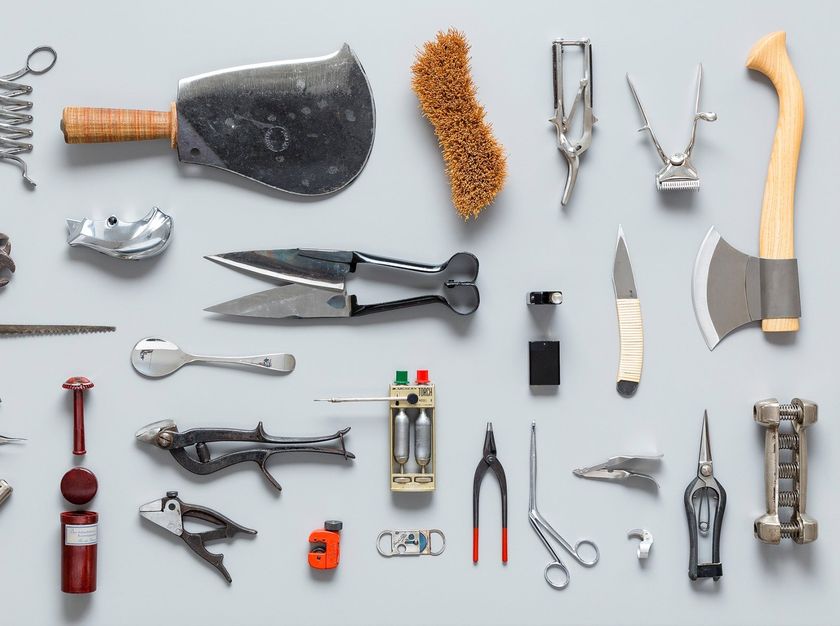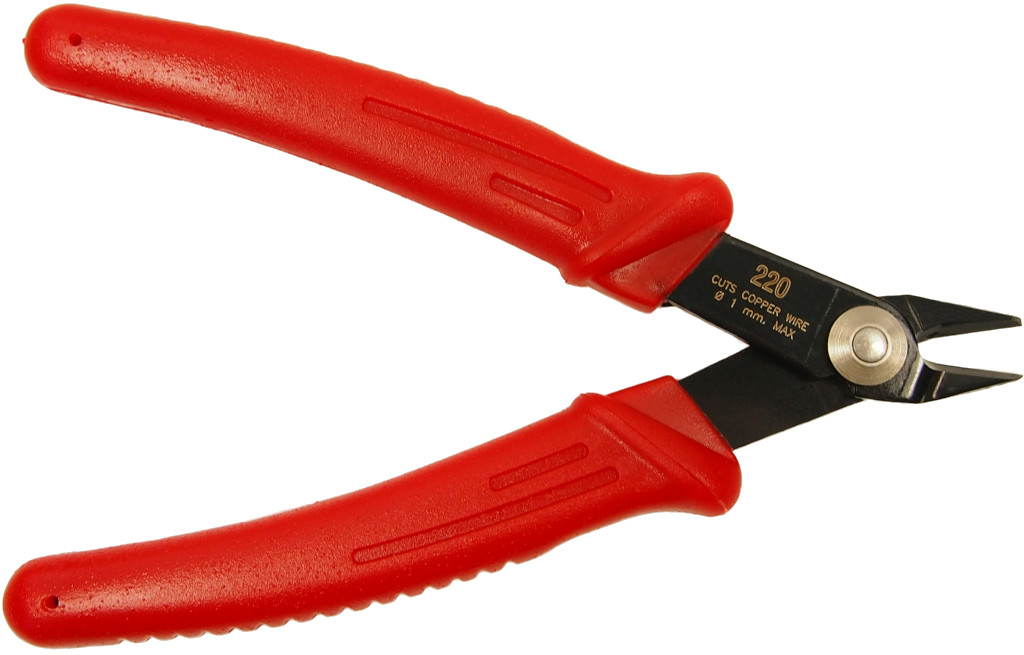Introduction:
When it comes to tackling DIY projects, having a well-stocked toolbox is essential. While power tools often take the spotlight, a comprehensive hand tools list is equally important for various tasks, from simple repairs to intricate woodworking projects. In this guide, we will explore the essential hand tools that are indispensable for any DIY enthusiast. Whether you are a seasoned craftsman or just starting your DIY journey, this list will ensure that you have the necessary tools to confidently tackle any project.

Measuring and Marking Tools:
Precision and Accuracy at Your Fingertips
Accurate measurements and markings are the foundation of any successful DIY project. The hand tools list begins with a tape measure. A retractable tape measure with a sturdy locking mechanism and clear markings is a must-have tool for measuring length and distance. Whether you’re measuring the dimensions of a room or marking the position for a new piece of furniture, a tape measure will be your go-to tool.
Another essential tool is the combination square. This versatile tool features a ruler and a square, making it perfect for measuring angles and marking straight lines with precision. The combination square is indispensable for tasks such as checking the squareness of corners or marking cut lines on wood or metal.
For marking measurements on rough surfaces like wood or concrete, carpenter’s pencils are perfect. These flat-sided pencils are durable and designed for clear markings on various materials. They are easy to grip and won’t roll away when you set them down, ensuring accurate and consistent markings.
To mark straight lines over long distances, a chalk line is ideal. This tool consists of a string coated with chalk dust and a reel mechanism for easy deployment and retraction. By snapping the string against a surface, you can create temporary markings that can guide your cuts, installations, or other alignment tasks.

Cutting and Shaping Tools:
Cutting and Shaping Tools for Every Project
Cutting and shaping tools are essential for various DIY projects. The hand tools list includes a handsaw, which is versatile for cutting wood. Look for one with a comfortable grip and sharp teeth. Handsaws come in different sizes and tooth configurations, each suitable for specific tasks. From crosscut saws to rip saws and back saws, choose the one that best suits your needs.
A utility knife is indispensable for precision cutting, scoring materials, and opening packages. Look for one with retractable blades for safety and convenience. Utility knives often have replaceable blades, allowing you to maintain a sharp edge for clean and accurate cuts over time. Whether you’re trimming wallpaper, cutting through carpet, or scoring drywall, a utility knife is a handy tool to have by your side.
Chisels are another essential tool for cutting and shaping. They come in various sizes and types, such as beveled edge chisels, mortise chisels, and paring chisels. Chisels are perfect for removing waste material, creating clean and precise joints, or shaping wood. They require sharpening and proper handling to maintain their effectiveness.
For intricate cuts and curves, a coping saw allows for precise control and flexibility. Its thin, replaceable blades can be maneuvered through tight spaces and allow for intricate and detailed cuts. Coping saws are commonly used in woodworking projects, especially for cutting out intricate shapes or making decorative cuts.
A file set is essential for smoothing rough edges, shaping metal, or fine-tuning woodworking projects. Files come in various shapes and sizes, each designed for specific tasks. From flat files to round files, half-round files, and needle files, there’s a file for every shaping and finishing need. These tools are perfect for removing burrs, refining edges, or achieving the desired shape and smoothness in your workpieces.

Fastening Tools:
Essential Tools for Secure Connections
Securing materials together is crucial for any DIY project. The hand tools list includes screwdrivers, both flathead and Phillips head, in various sizes to cover most screw applications. Screwdrivers are essential for driving screws into wood, metal, or other materials. Look for screwdrivers with comfortable handles and magnetic tips for easy handling and improved control.
A claw hammer is a classic tool for driving nails and removing them. Look for one with a comfortable grip and balanced weight. A hammer with a smooth face is ideal for driving nails without marring the surface, while the claw on the opposite end allows for easy nail removal. Whether you’re framing a wall, building furniture, or hanging pictures, a claw hammer will be your trusted companion.
A staple gun is versatile for upholstery projects or securing fabric. It allows for quick and efficient fastening of materials, such as fabric, insulation, or thin wood panels. Electric or pneumatic staple guns are available for heavy-duty applications, while manual staple guns are suitable for lighter tasks. Ensure you choose the right staples for your specific project, as different materials and thicknesses may require different staple sizes.
C-clamps are indispensable for holding objects together while glue dries or for securing materials during cutting or drilling. They come in a variety of sizes and clamping capacities, allowing you to hold different-sized objects securely in place. C-clamps are commonly used in woodworking, metalworking, and even during home improvement projects. Whether you’re gluing two pieces of wood together or need to hold a workpiece steady while you make precise cuts, C-clamps are a reliable choice.
Pliers are versatile tools for gripping, twisting, or cutting wires, as well as holding objects firmly in place. They come in various types, such as needle-nose pliers, slip-joint pliers, and locking pliers. Needle-nose pliers are ideal for tight spaces or intricate work, while slip-joint pliers offer adjustable jaw positions for different-sized objects. Locking pliers, also known as Vise-Grips, have a locking mechanism that allows them to clamp onto materials and hold them securely. Pliers are invaluable for tasks like bending wires, pulling nails, or gripping and turning objects.

Shaping and Finishing Tools:
Essential Tools for a Polished Finish
To refine your DIY projects and achieve a professional-looking finish, the hand tools list includes sanding blocks and sandpaper for smoothing surfaces and removing imperfections. Sanding blocks provide a stable surface for sandpaper, allowing you to apply even pressure and achieve consistent results. Sandpaper comes in various grits, ranging from coarse to fine. Coarser grits are suitable for removing material quickly or smoothing rough surfaces, while finer grits are ideal for achieving a smooth finish and preparing surfaces for painting or staining.
Planes are used to shave off thin layers of wood, creating smooth, even surfaces. They are commonly used in woodworking to remove rough spots, level joints, or shape edges. Planes come in different types, such as block planes, bench planes, and shoulder planes, each designed for specific applications. Ensure that you keep the blade of your plane sharp for optimal performance.
Rasps and files are perfect for shaping wood or removing excess material. They come in various shapes and coarseness, allowing you to refine curves, smooth rough edges, or create intricate designs. Rasps have larger teeth and are more aggressive, while files have finer teeth and are better suited for smoothing and finishing. Whether you’re working on a woodworking project or shaping metal, having a set of rasps and files in different sizes and shapes will be invaluable.
Wire brushes are ideal for removing rust, paint, or dirt from surfaces. They come in various types, such as wire hand brushes and wire cup brushes, each suited for different applications. Wire hand brushes are perfect for smaller areas or tight spaces, while wire cup brushes can be attached to power tools for faster and more efficient cleaning. Wire brushes are often used when preparing surfaces for painting or when restoring old tools and equipment.
Paintbrushes and rollers are essential for applying paint or finishes. Choose a variety of brush sizes and roller types based on project requirements. Paintbrushes come in different bristle materials, such as natural or synthetic, each offering different performance characteristics. Rollers are available in various sizes and nap lengths, allowing you to achieve different textures and finishes. Ensure that you clean your brushes and rollers thoroughly after each use to extend their lifespan and maintain their performance.

Conclusion:
A well-equipped toolbox filled with the essential hand tools from this comprehensive list is a DIY enthusiast’s best friend. Each tool plays a crucial role in different stages of a project, ensuring accuracy, precision, and a professional finish. Remember to invest in high-quality tools and familiarize yourself with proper usage. With your toolbox filled with these essential hand tools, you’ll be well-prepared to confidently tackle any DIY project that comes your way. Whether you’re measuring, cutting, fastening, shaping, or finishing, the right hand tools will make your projects efficient, enjoyable, and successful. So, equip yourself with these essential tools and let your creativity and skills shine as you embark on your DIY adventures.